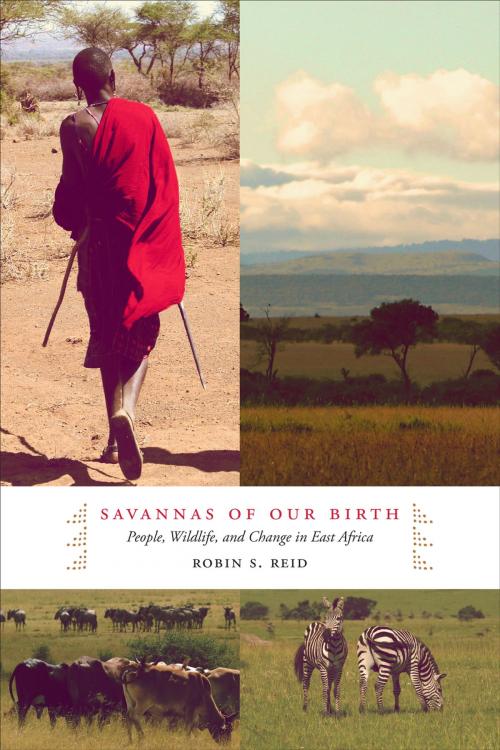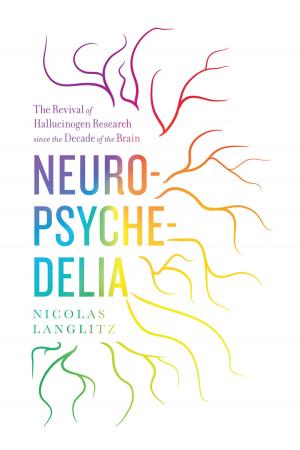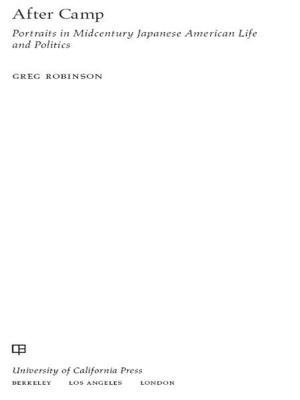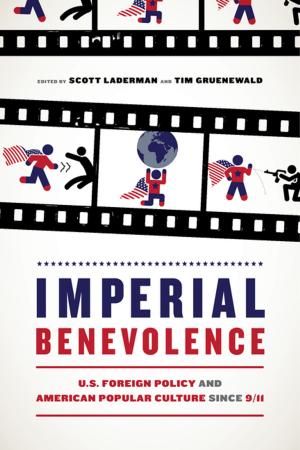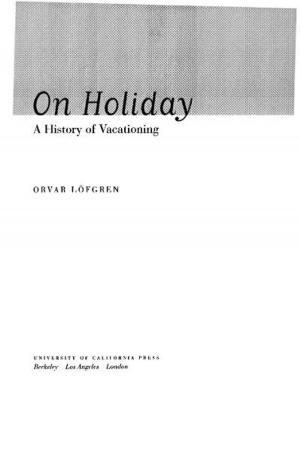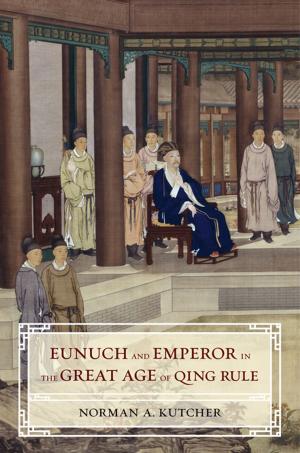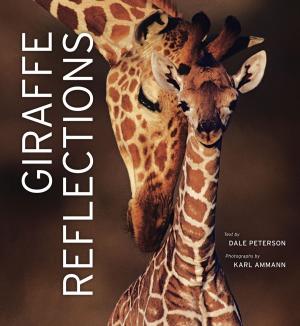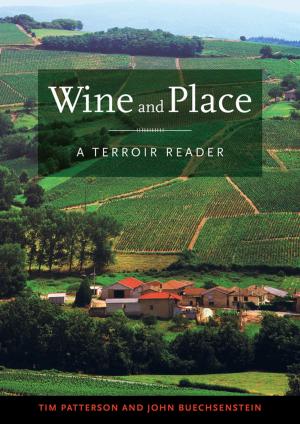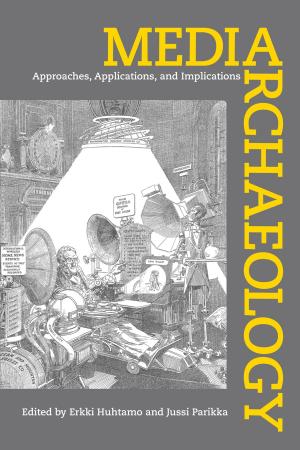Savannas of Our Birth
People, Wildlife, and Change in East Africa
Nonfiction, Science & Nature, Nature, Environment, Ecology, Environmental Conservation & Protection, Social & Cultural Studies, Social Science, Anthropology| Author: | Robin Reid | ISBN: | 9780520954076 |
| Publisher: | University of California Press | Publication: | October 1, 2012 |
| Imprint: | University of California Press | Language: | English |
| Author: | Robin Reid |
| ISBN: | 9780520954076 |
| Publisher: | University of California Press |
| Publication: | October 1, 2012 |
| Imprint: | University of California Press |
| Language: | English |
This book tells the sweeping story of the role that East African savannas played in human evolution, how people, livestock, and wildlife interact in the region today, and how these relationships might shift as the climate warms, the world globalizes, and human populations grow.
Our ancient human ancestors were nurtured by African savannas, which today support pastoral peoples and the last remnants of great Pleistocene herds of large mammals. Why has this wildlife thrived best where they live side-by-side with humans? Ecologist Robin S. Reid delves into the evidence to find that herding is often compatible with wildlife, and that pastoral land use sometimes enriches savanna landscapes and encourages biodiversity. Her balanced, scientific, and accessible examination of the current state of the relationships among the region’s wildlife and people holds critical lessons for the future of conservation around the world.
This book tells the sweeping story of the role that East African savannas played in human evolution, how people, livestock, and wildlife interact in the region today, and how these relationships might shift as the climate warms, the world globalizes, and human populations grow.
Our ancient human ancestors were nurtured by African savannas, which today support pastoral peoples and the last remnants of great Pleistocene herds of large mammals. Why has this wildlife thrived best where they live side-by-side with humans? Ecologist Robin S. Reid delves into the evidence to find that herding is often compatible with wildlife, and that pastoral land use sometimes enriches savanna landscapes and encourages biodiversity. Her balanced, scientific, and accessible examination of the current state of the relationships among the region’s wildlife and people holds critical lessons for the future of conservation around the world.
